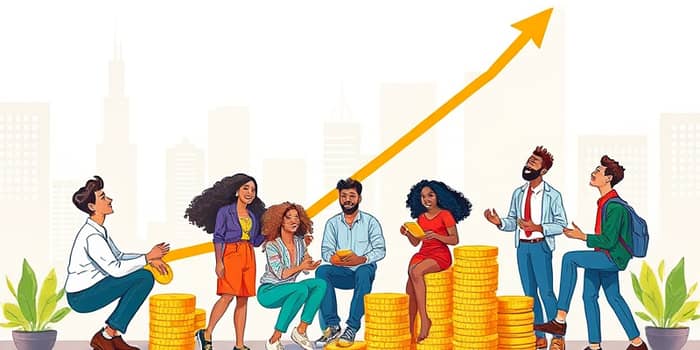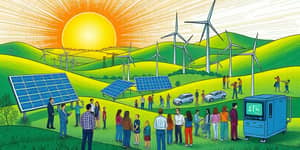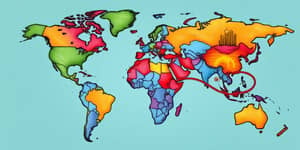
In the wake of an unprecedented global crisis, individuals and families across the nation discovered new ways to navigate uncertainty. The dramatic rise in personal savings at the height of COVID-19 spoke volumes about collective resilience and adaptability. Now, as the world settles into a new normal, savings patterns are returning to long-established rhythms. This transition offers valuable lessons for anyone seeking to strengthen their financial foundation and chart a more secure course forward.
Before 2020, Americans typically set aside around 8.4 percent of their disposable income each month. Over decades, this rate ebbed and flowed with economic cycles, peaking during periods of uncertainty and receding in times of prosperity. From 1959 until early 2020, households balanced spending on big-ticket purchases, travel, and entertainment while still nurturing their nest eggs.
Yet even before the pandemic, these savings rates showed signs of strain. By mid-2005, the rate slipped to a record low of 1.4 percent. This decline reflected changing priorities and challenges: rising healthcare costs, mounting consumer debt, and an expanding share of income directed toward housing.
As the pandemic unfolded, American households experienced an unprecedented increase in savings. Lockdowns, remote work, and government relief measures combined to transform spending habits almost overnight.
At its zenith in April 2020, the personal savings rate soared to 32.0 percent. For nearly a year, households continued to add to their reserves, fortifying their balance sheets against an uncertain future.
By early 2024, most of that pandemic-era cushion had been spent down. Analysts now point to the full depletion of excess savings as of March, marking a clear shift away from the extraordinary saving patterns of 2020 and 2021.
Today’s personal savings rate hovers between 4.5 and 4.9 percent—below the long-term average but reflecting a return to normalcy after years of upheaval.
As households draw down savings, consumer spending remains robust. Retail sales, travel bookings, and entertainment expenditures have rebounded strongly, suggesting that Americans are once again fueling economic growth through consumption rather than stockpiling cash.
At the same time, the Federal Reserve has tightened monetary policy to combat inflation, raising interest rates and signaling caution. These actions carry mixed consequences: higher borrowing costs may cool spending, but they also offer savers greater returns on deposit accounts.
Looking ahead, economists predict savings rates will stabilize around 3.3 to 3.4 percent by 2027, aligning closely with pre-pandemic levels. This projection implies a balanced economic environment—one in which spending and saving coexist to sustain growth and financial security.
In this era of shifting patterns, individuals can draw inspiration from the collective experience of the past few years. By adopting disciplined yet flexible approaches, families can build on recent lessons to achieve long-term financial resilience.
Embracing these practices creates a sturdy foundation for weathering future uncertainties. Whether facing an unexpected job disruption, rising costs, or shifts in economic policy, a strategic plan helps maintain stability and peace of mind.
As consumer saving behavior normalizes, the overarching lesson is clear: adaptability and preparation are paramount. The surge in savings during the pandemic was not merely a response to crisis—it showcased the capacity of individuals to recalibrate priorities and act collectively toward a common goal. Now, as we return to more traditional saving and spending ratios, that spirit of resilience offers guidance for every financial journey ahead.
References













